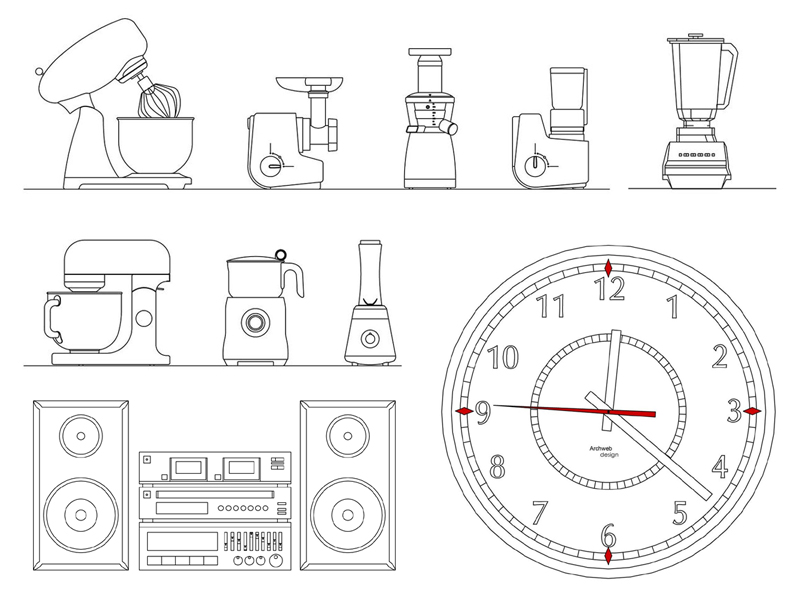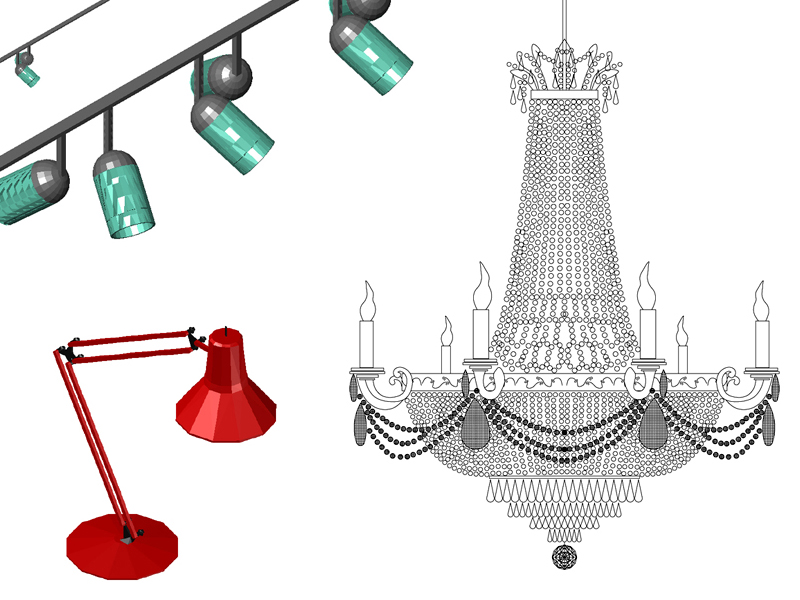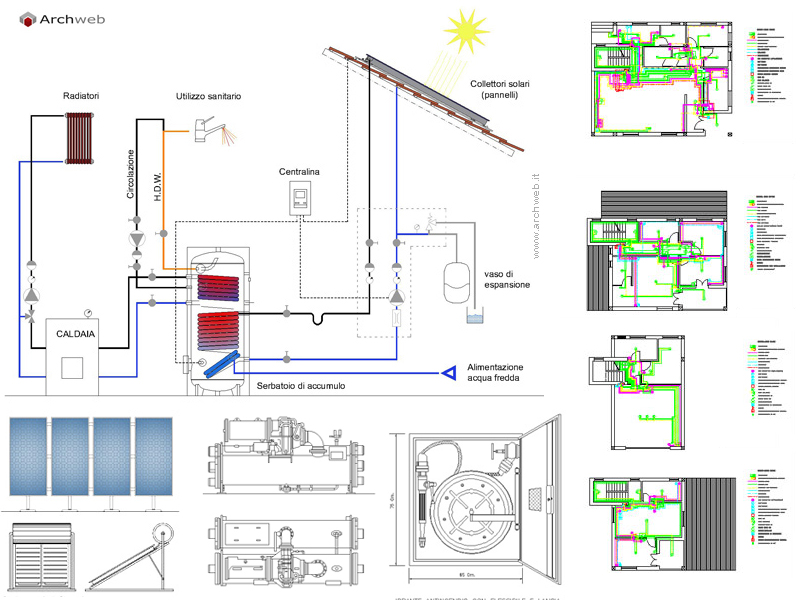Expensive energy
How to counter it with the arrival of winter

Currently, the political and economic situation and the conflict between Russia and Ukraine have put the world population in the face of an energy crisis that has caused a dramatic increase in energy costs. In the course of 2023, further increases in gas, electricity and oil prices are expected in our country, which will have a significant impact on Italian families. In fact, consumption within our homes does not only concern the use of kitchens and the lighting of domestic environments but also the use of small appliances and everyday habits. It is therefore necessary to work and commit individually to change daily gestures and to renew the lifestyle in a green key.
But now let’s see some guidelines that will be useful to everyone.
Solutions within everyone’s reach
To remedy the problem of expensive electricity, with the Energy Bill Decree, the Italian Government has allocated 8 billion euros to counter the increase in costs and reiterated that a viable solution for this emergency is represented by renewable resources. These, present in nature, can progressively replace gas and fuels, guaranteeing huge energy and economic savings. Another measure envisaged concerns tax deductions equal to 65% for all those interventions considered essential for the energy efficiency of buildings.
Furthermore, an important contribution can be made by the population itself which, through small precautions used in daily habits, can make a difference. It starts right from the home environments where consumption can be controlled in order to avoid unnecessary waste and huge costs. An example is the rationalization of water, the reasoned use of large appliances, up to the switching on of luminous devices only when actually necessary for the use of the rooms. This approach can be enhanced with reasoned choices regarding the energy class of washing machines, dishwashers and refrigerators or by preferring LED bulbs over traditional lighting ones.
Let’s summarize some useful tips for everyone.
1. The choice of appliances
The models in class A + and A ++ are preferred, in fact, in the face of a greater initial expense, during the life of the appliance, significant savings will be made in terms of energy and money.
Even careful use can help improve consumption from an energy and spending point of view; for example, it is best not to set the washing machine at high temperatures and start it only when it is fully loaded or use the electric oven using the fan function. In addition, the refrigerator and freezer must be monitored to prevent too much ice from forming and thus increasing operating costs.
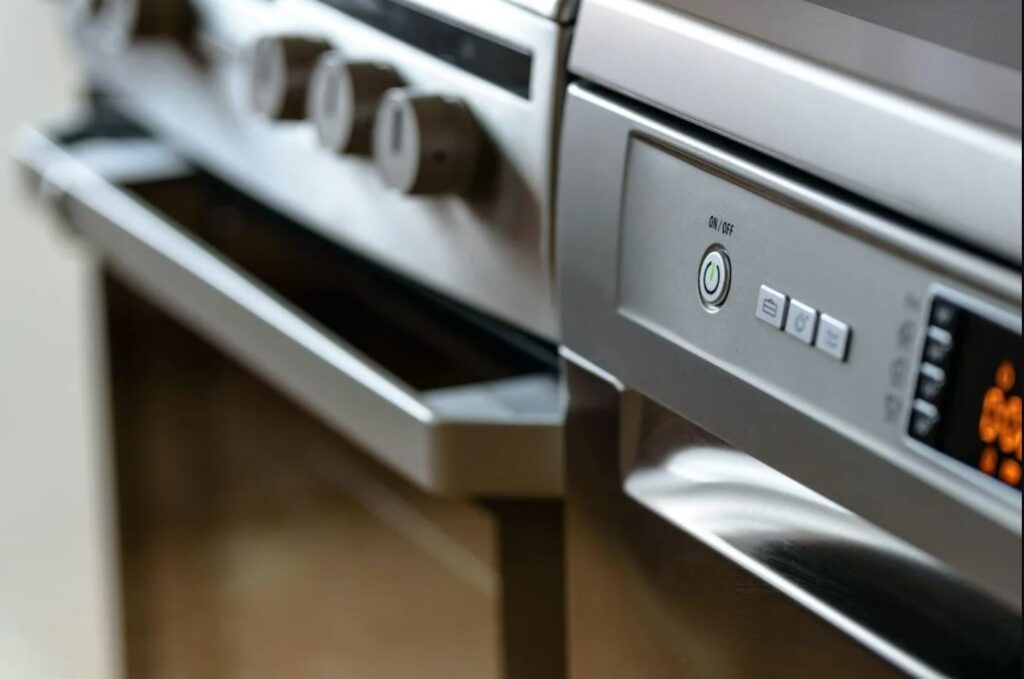
2. The reasoned enlightenment
As already mentioned, the choice of light sources can have a significant impact on overall household consumption. The incandescent lamps used in the past are gradually giving way to LED ones, which are brighter and more environmentally friendly. In addition, it is good to use artificial lighting only when actually needed: it is important to turn off the lights when you are not in the affected area and do not forget any devices that are turned on during the night or when you leave the house.
3. The intelligent use of devices
Today, technology has become a constant in everyday life and the frequent use of fixed and mobile devices causes the need for continuous power. The electricity consumed for this purpose is high and to rationalize costs and consumption it is recommended to turn off the devices after use and not leave them on stand-by.
4. Heating and cooling
We all know how important thermal comfort is within domestic environments, however it is a crucial aspect in the economic and energy balance. It is therefore clear how important it is to adjust the heating and cooling systems based on the actual needs of the moment. It will be good to consider where you are, the external climate and the presence of a certain number of people and factors that affect internal humidity and temperature. An often underestimated aspect concerns the opening of the windows when the radiator valves are at maximum level or when placing the clothes hung out to dry near the radiators. Such bad habits cause dispersion and an increase in humidity, factors that can be easily avoided.
Given the particular historical moment, the Italian government has provided for an Energy Saving Plan which establishes the lowering of the internal temperatures of the rooms and the reduction of one hour of switching on the radiators. To compensate for this variation, deemed necessary to contain very high costs, you can opt for easy and affordable solutions such as the insertion of draft excluders and carpets inside the houses. With a minimum sacrifice, fuel consumption will be reduced and savings of 15% will be achieved.
Effective but more demanding measures
In the construction field, the energy efficiency of buildings is an aspect that has become of primary importance. This is because, through conscious design and interventions aimed at improving the energy class of the building, it is possible to reduce costs and increase comfort for users. Through sustainable choices that affect the envelope, roofing and windows of the building, it is possible to exploit alternative resources and make buildings less energy-intensive.
One of the most common solutions consists in the installation of a photovoltaic system which, through the silicon panels, is able to transform the solar rays incident on the surface, into useful energy for the residence. Thanks to the presence of a storage system, the energy can also be stored to be then used when necessary. In addition to guaranteeing considerable energy savings, photovoltaics help reduce CO2 emissions and ensure lower costs for energy consumption.
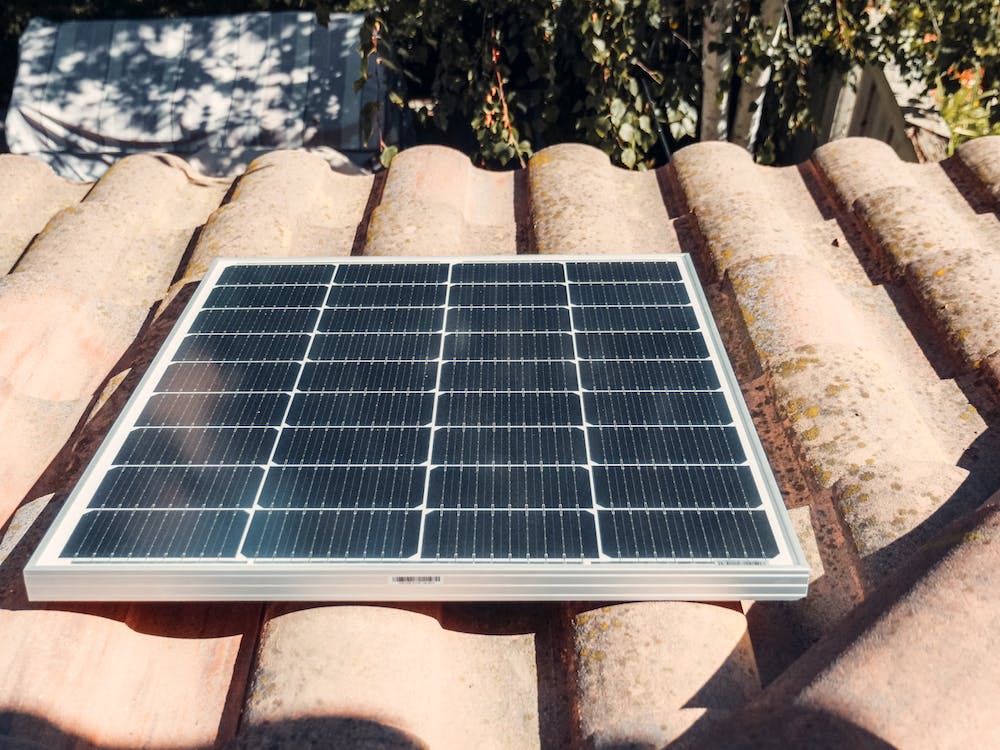
Another viable alternative is the solar thermal system with which, thanks to special heat pumps, it is possible to heat and cool the rooms with a lower energy consumption.
If you want to obtain even more optimized results, it will be possible to provide an integrated system within your residence that allows intelligent use of the energy that powers all the elements analyzed so far. These are home automation solutions thanks to which the systems are controlled and regulated even remotely, in order to optimize performance and reduce costs. In fact, thanks to a simple connection, via a smartphone, the user can activate the heating systems, lighting and sometimes even household appliances.
Among the possibilities, there is that of turning on, turning off and adjusting the intensity of the light, or that of activating the heating in relation to the external temperatures or the specific need. Even windows and shutters can sometimes be checked as needed, thus ensuring a greater supply of natural light and proper air exchange. As for the safety aspect, on the other hand, the integrated systems are able to signal the accidental entry into the house by strangers and any gas leaks or fires.
These solutions are also defined as “intelligent” as they are capable of calculating the consumption of each individual component and suggesting improvements aimed at greater energy and therefore economic savings. It is a constant monitoring of the lighting, heating and household appliances, which allows to maintain optimal comfort for the occupants and at the same time determine a considerable containment of costs.
In any case, it is good to point out how the smart home differs from the home automation home for some factors. The first type requires only the presence of a wireless network, sufficient to allow remote control of the various devices. The second, on the other hand, represents a more complex and global system of the house.
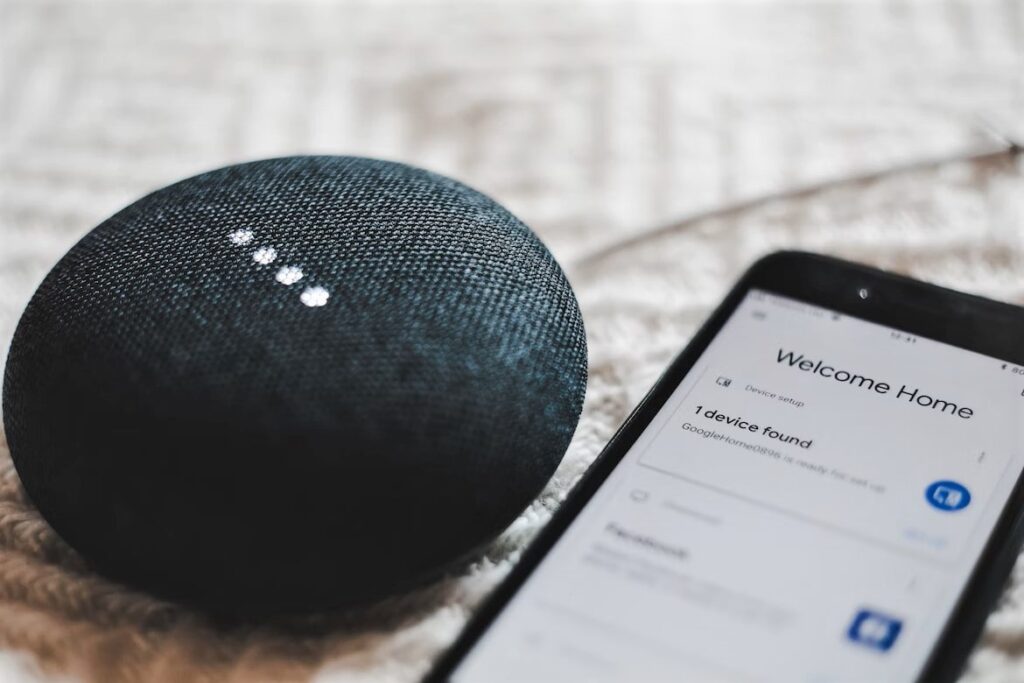
In the smart home, lighting, heating and the various systems do not communicate with each other, while the home automation home provides a single control unit capable of connecting all the devices present in it. In this way, you will have a global view of all the systems in the house, adjustable through a single unit that can also be managed remotely. If on the one hand the smart home is a more accessible solution to everyone and does not involve structural interventions, on the other hand it cannot be customized and is a little more limited. For these reasons, it will be possible to choose one of the two solutions according to your needs and your budget. It should be pointed out that in the face of a greater initial investment, the home automation house increases its value on the market in the event of a future sale.
Interior design: excellent ally against the cold
Once you have learned the importance of the measures to be taken, in order to save in energy and economic terms, some ideas for improving living comfort in the home may be useful. Let’s start with the “shells” of the apartment: walls and floors are often the most responsible for heat loss, especially if they are made of cold materials such as ceramics, marble and stone. In this case, inserting some rugs can help warm the room and make it more welcoming. Those in wool and natural fibers are sustainable and easier to keep clean. If the floor is parquet, the problem will be less because wood is not a conductor of heat and therefore tends not to steal it from those who walk on its surface.
Even the walls perform an essential task: those painted in white do not retain heat, while a perfect solution for heating is given by wallpaper. In fact, some products tend to thermally insulate the room and therefore to guarantee a constant temperature.
In the living room, on the sofa, throws and velvet cushions will be perfect: warm and soft, they will make the living room warmer and more welcoming.
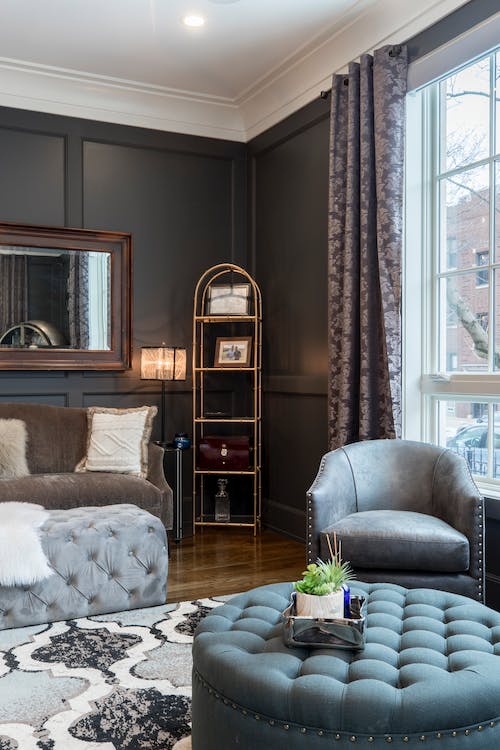
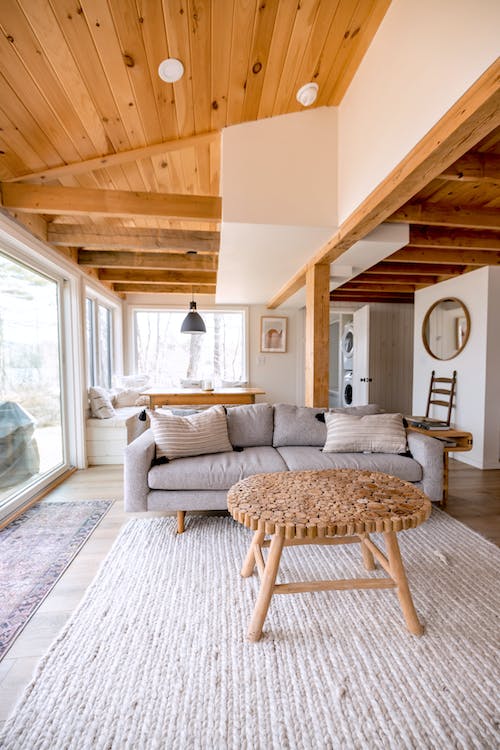
Dark and velvety walls for the first room, wood and Nordic carpets for the second; all valid solutions to combat the cold in residential spaces
All windows must then be equipped with movable curtains so that they can be opened during the brightest hours, to let in the heat and close them to block any drafts of air on the coldest days. To this end, adhesive sponge strips are very useful and cheap to adhere to the cracks in the window frames. In addition, in correspondence with doors and window sills, it is advisable not to let cold breezes pass through the application of decorative fabric draft excluders.
It is superfluous to point out how anyone who can enjoy the warmth of a wood-burning fireplace should take advantage of its numerous advantages both from the point of view of heating and from the aesthetic point of view.
Italy and the world scenario
In the face of these considerations, it is legitimate to ask how Italy fits into the scenario of expensive energy and how in recent decades it has moved towards more sustainable and environmentally friendly construction. According to recent sector studies, the country wins the third place in green energy with higher results than the objectives set in Brussels. The Italian market for sustainable buildings is constantly growing as the awareness has increased that a more sustainable operation will be a necessary prerogative for the society of the future. The advantages of sustainable construction in fact range from the best thermo-hygrometric conditions, to the comfort for the user, up to energy and economic savings.
All that remains is to hope that this trend will continue to grow constantly and that a change in the use of resources and in the daily actions of everyone can help us overcome this difficult historical period.



























































